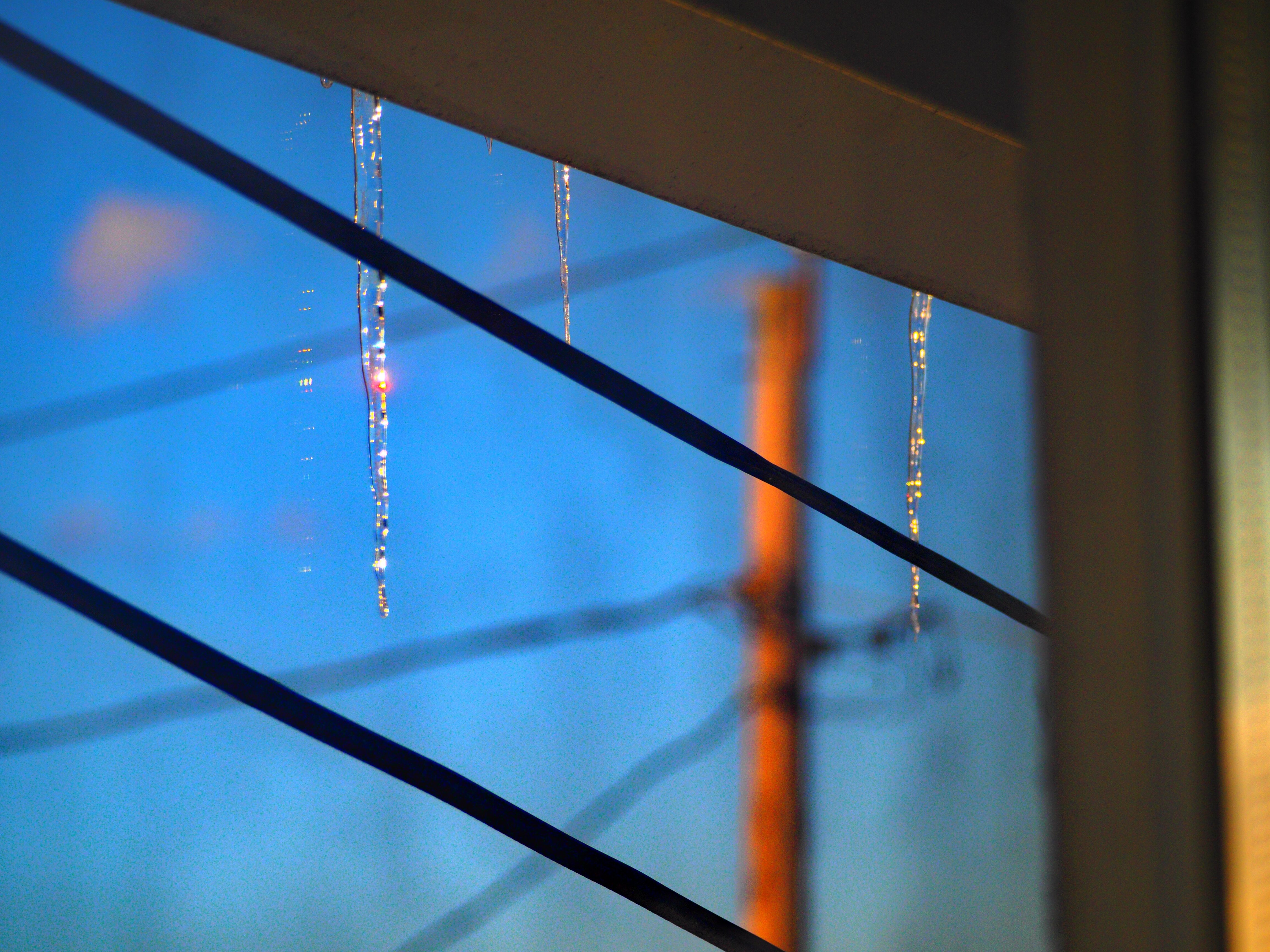-
Posts
44,789 -
Joined
Content Type
Profiles
Blogs
Forums
American Weather
Media Demo
Store
Gallery
Everything posted by LibertyBell
-
after Wednesday no sun until Sunday
-
it could hit 100 again tomorrow with a WNW wind
-
Let's see how accurate these hourly forecasts are. It has the highest temperature for me at 2 PM (I assume the sea breeze comes in after that.) For Glen Cove it has the highest temperature at 5 PM. Right now the wind is NNW What's going to keep it from hitting 100 again tomorrow? I see a forecast for mostly sunny skies and a WNW wind.
-
yes it's drier today with very blue skies so temperatures will rise quicker



